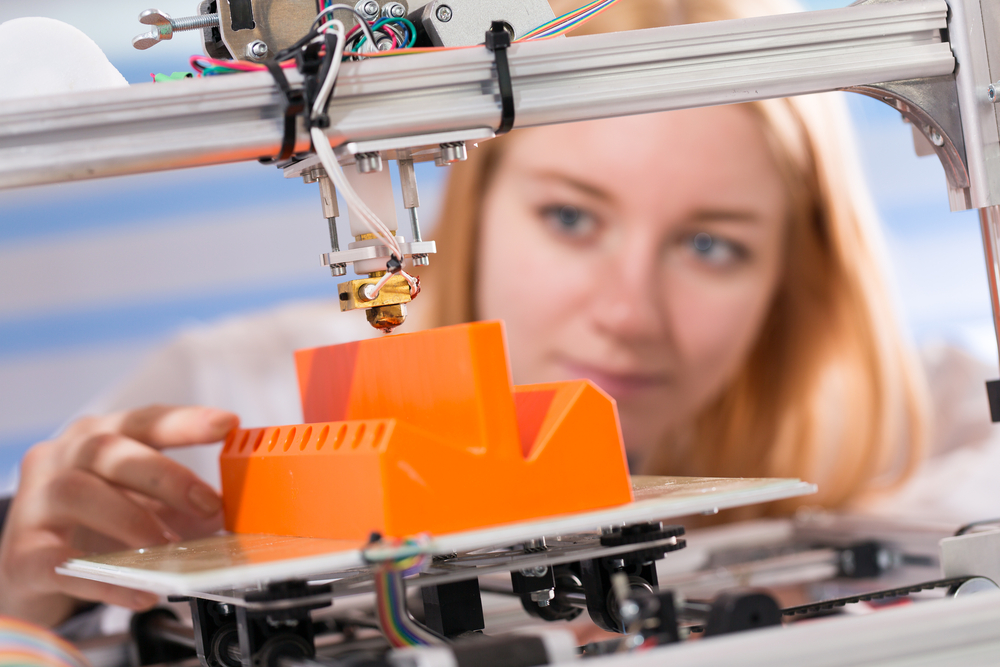The development and integration of machines such as 3D printers and CNC milling machines has made small to medium-scale production more accessible than ever. New inventions or products can be prototyped on a budget, and various materials can be used to create models from scratch (or cut them out of something else).
When it comes time to turn something from an idea and file to a physical object, 3D printing and CNC milling are often your first considerations. But what are the differences between them, and which is best for you? Keep reading to learn more.
Choosing Between 3D Printing and CNC Milling
Use
3D printing involves creating new pieces from scratch using plastics and other materials like certain metals or even organic material (depending on the model). It works by “printing” layer after layer of a 3D rendering with the chosen material until it forms the shape of the chosen model.These items can be as tall as the model can support, or just a few centimeters in height thanks to precise modeling.
CNC milling uses the opposite approach of 3D printing, milling away pieces of an existing material rather than creating it. This method can be used on a variety of materials, including wood, metal, and plastics. The potential sizing of your creation will depend on the material being used due to reductive manufacturing.
Accuracy
Depending on what your creation will be used for, the importance of accuracy for your application may vary. Both types of machines are very accurate, but when accuracy is paramount (such as in machinery where multiple parts come together), CNC milling is almost always more precise. This is because it offers a lower tolerance and can create thinner layers that aren’t dictated by the 3D printer’s nozzle or laser size.
Ease of Use
In many cases, a CNC milling machine will be harder to use than a 3D printer. When using the 3D printer, you simply need to import the file and allow the machine to print. With CNC milling, you may have to be more hands-on to ensure the machine can properly reach the parts of the medium it is milling. Plus, CNC machines require cleanup of the excess materials that have been removed.
Model Complexity
3D printers excel when it comes to products that are more geometrically complex due to additive manufacturing. When creating a model like a DNA helix, the 3D printer simply creates the layers and prints them in the shape. With CNC milling, the machine must cut out all the holes in addition to shaping the remainder, which can make jobs take longer.




